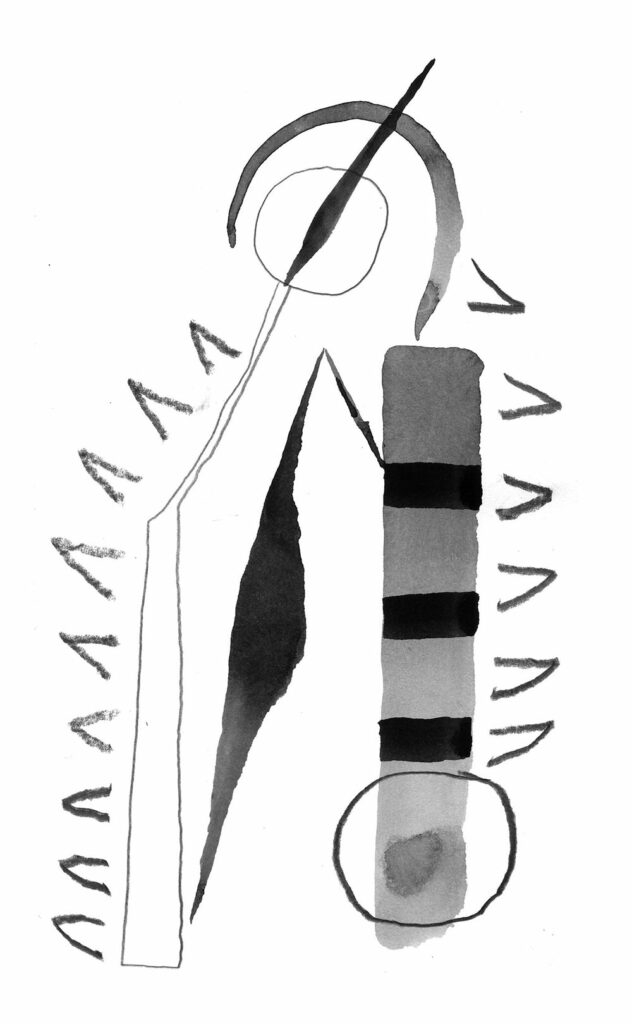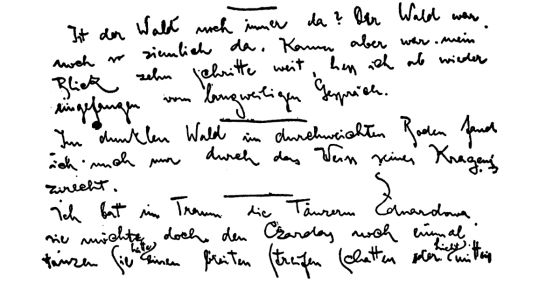The sex video livevideo game voice actors strike is over, and -- as is often the case with compromises -- it seems like neither party really got what it wanted in the end.
The 340-day work stoppage came to an end on Saturday with a "tentative" agreement between the Screen Actors Guild‐American Federation of Television and Radio Artists (SAG-AFTRA) and 11 video game companies. It was Hollywood union's longest strike to date.
SEE ALSO: The ‘punk rock’ developer of the video game industryThe industry interests on the other side of the dispute -- termed "management" in the union's announcement of the deal -- includes some of the biggest players in games. Activision, Electronic Arts, Insomniac Games, Take-Two Interactive, and Warner Bros. Interactive Entertainment are among the most notable.
Although the strike didn't start until 2016, the issues at the heart of it extend back to 2015. That's when the union sought to renegotiate a collective bargaining agreement that had been in place since the 1990s, and which SAG-AFTRA felt no longer appropriately addressed the modern-day realities and stresses of video game voice acting.
One of the central points under discussion was a desire on the union's part to secure for its members "secondary payments," in the form of royalties and residuals. The union sought a scaling bonus structure for actors based on the number of copies sold post-release. It should be noted: This kind of "points" system is unusual in the industry across all disciplines, not just voice acting.
The new, tentative agreement establishes a different kind of bonus structure. It still provides a form of "secondary payments" to performers, but it's connected to the amount of work provided pre-release rather than a game's sales performance post-release.
Here's how SAG-AFTRA's announcement describes it:
The bonus payment, which is due no later than the release date of the game, is based on the number of sessions worked on each game, beginning with a $75 payment on the first session and totaling $2,100 after 10 sessions worked.
Safety was another major issue at the heart of the discussions. That's actually how I first caught wind of this dispute, via a lengthy 2015 blog post penned by Star Trek: The Next Generationalum, geek hero, and working video game voice actor Wil Wheaton. In it, he runs down his reasoning for voting in favor of a strike.
I highly recommend reading the entire thing. There's no one passage from Wheaton's post that captures its essence; he discusses each of the main negotiation points in detail, with examples. If nothing else, it's an illuminating glimpse into an under-discussed facet of video game development.
Notably, however, Wheaton frames actor safety as a central issue, calling for -- among other things -- a two-hour cap on "vocally stressful" sessions. Workplace safety was the key reason he cast a "yes" vote in favor of the strike.
Puzzlingly, the newly announced tentative agreement devotes just one, relatively vague sentence to the issue.
The deal also contains an employer commitment to continue working with SAG-AFTRA on the issue of vocal stress during the term of the agreement.
Reached for further comment, a SAG-AFTRA spokesperson offered some clarification on what this actually means in practical terms:
We have a commitment from management to continue to work on this issue, and we invested a great deal of time and energy into educating management on this issue. For example, we held a panel on vocal stress that included some of the top doctors in LA who treat vocal injury and invited management to attend.
They were very impressed and we are seeing greater awareness and concern about vocal stress reflected in the attitudes of voice directors across the industry, including directors working for the companies that we bargained this deal with. Two-hour sessions for vocally stressful work is becoming the norm anyway, and that was our proposal.
It's also worth noting that some newly established transparency rules that were hammered out in the agreement should help actors know in advance what they're signing up for before they accept a gig.
Video game companies will now be required to disclose a number of details up front about projects, as SAG-AFTRA's Ray Rodriguez -- the union's Chief Contract Officer, and lead negotiator on the new contract -- explained.
Industry interests must now "disclose the code name of [a] project, its genre, whether the game is based on previously published intellectual property and whether the performer is reprising a prior role," he said in a statement included with the announcement.
"Members are also protected by the disclosure of whether they will be required to use unusual terminology, profanity or racial slurs, whether there will be content of a sexual or violent nature and whether stunts will be required."
SAG-AFTRA's announcement also notes that a number of deal points that had been requested by management -- "including a provision that would have fined performers for being late or distracted at session, another that would have required agents to submit performers for low-paying 'atmospheric voice' sessions or face fines, and a possible revocation of their union franchise, and another that would have allowed employers to use their permanent staff to do covered work outside of the collective bargaining agreement" -- were not included in the agreement. Wheaton discussed all of those in his 2015 blog post.
The social media response to the agreement has been notably muted. A brief browse through both the #PerformanceMatters hashtag and to various individual voice actor Twitter feeds shows only a handful of supportive words and linkshares, but little in the way of discussion.
Topics Gaming
 SpaceX lands its first rocket on West Coast ground: Watch
SpaceX lands its first rocket on West Coast ground: Watch
 At the Joan Didion Estate Sale by Sophie Haigney
At the Joan Didion Estate Sale by Sophie Haigney
 Yodeling into a Canyon: A Conversation with Nancy Lemann by Sophie Haigney
Yodeling into a Canyon: A Conversation with Nancy Lemann by Sophie Haigney
 UK vs. Arkansas basketball livestreams: Game time, streaming deals, and more
UK vs. Arkansas basketball livestreams: Game time, streaming deals, and more
 Best Hydro Flask deal: Save $10 on a 24
Best Hydro Flask deal: Save $10 on a 24
 The Last Furriers by Ann Manov
The Last Furriers by Ann Manov
 Hello, World! Part Three: Alice by Sheila Heti
Hello, World! Part Three: Alice by Sheila Heti
 A Letter from the Review’s New Poetry Editor by Srikanth Reddy
A Letter from the Review’s New Poetry Editor by Srikanth Reddy
 Obama trumps Trump and permanently bans Arctic drilling ahead of inauguration
Obama trumps Trump and permanently bans Arctic drilling ahead of inauguration
 Waymo data shows humans are terrible drivers compared to AI
Waymo data shows humans are terrible drivers compared to AI
 A prominent climate scientist just won a major court battle
A prominent climate scientist just won a major court battle
 Shopping Diary by Adrienne Raphel
Shopping Diary by Adrienne Raphel
 Is 'Saltburn' streaming? Here's how to watch the film for free.
Is 'Saltburn' streaming? Here's how to watch the film for free.
 ‘Jurassic World’: What was the headbutting dinosaur who saved the day?
‘Jurassic World’: What was the headbutting dinosaur who saved the day?
 Kafka’s Diaries, 1911 by Franz Kafka and Ross Benjamin
Kafka’s Diaries, 1911 by Franz Kafka and Ross Benjamin
 How to clean your MacBook
How to clean your MacBook
 Unconditional Death Is a Good Title by Bernadette Mayer
Unconditional Death Is a Good Title by Bernadette Mayer
 SpaceX just stuck another rocket landing at sea, this time before dawn
SpaceX just stuck another rocket landing at sea, this time before dawn
 NYT's The Mini crossword answers for January 26
NYT's The Mini crossword answers for January 26
Which colours dominated your Instagram posts in 2018? Take a look.Netflix pulls episode of Hasan Minhaj's 'Patriot Act' in Saudi ArabiaThe only good part of the winter are these capybaras in a yuzu bathCuddling your cute, fuzzy kitten could spell certain doomUltima Thule is getting clearer, and it looks like a big bowling pinPeople are not happy about this Disney's 'Moana' Halloween costumeBritney Spears dances like no one on Instagram is watchingHere’s why the New York City sky turned bright blue last nightInternet shows Donald Trump Jr. the real humans behind his Skittles meme'Black Mirror: Bandersnatch' won't work on Apple TV, users are furiousWe don't want to ruin your day, but Justin Bieber and Sofia Richie broke upMalware attack affects publishing of major U.S. newspapersIt’s the one day of the year when we can all relate to Ross from ‘Friends’It’s the one day of the year when we can all relate to Ross from ‘Friends’Netflix releases viewership numbers for 'Bird Box', and they're hugeVice News reporter arrested at Trump event in HoustonInternet shows Donald Trump Jr. the real humans behind his Skittles memeThis adorable couple has competed in 'Mario Kart' religiously since 2001Handmade jukebox plays music when you swipe a cardHipsters queue for hours to order a drink from shot Punks Behind the Iron Curtain Adrift: Remembering Yoshihiro Tatsumi by Chris Oliveros Meet the Man Who Translates Karl Ove Knausgaard Farewell to Meat: At Masopust, the Czech Festival of Spring How Do You Define “Poetry”? Staff Picks: Helen Garner, Tim Parks, Friedel Dzubas On Sun Ra, Self Discovery, and Batman Nineteenth New Stories Found from Twain’s Days as a Newspaperman The Norwegian Marguerite Duras’s “The Lover” Turns 30 Botero’s “Adam,” the Sculpture New Yorkers Love to Touch Macaroon vs. Macaron: Cookie Summit 2015 Diana Ross, “Upside Down,” and Quakers Nabokov Knew How to Hate a Party Strand's Last Interview, Joyce's Favorite Escape, and More “And I Was Like...” Exaggeration in Storytelling How Have We Depicted Madness Throughout History? Thomas Morley: My Mistress’ Face Sea and Fog: The Art of Etel Adnan by Nana Asfour
3.8494s , 10519.484375 kb
Copyright © 2025 Powered by 【sex video live】,Creation Information Network